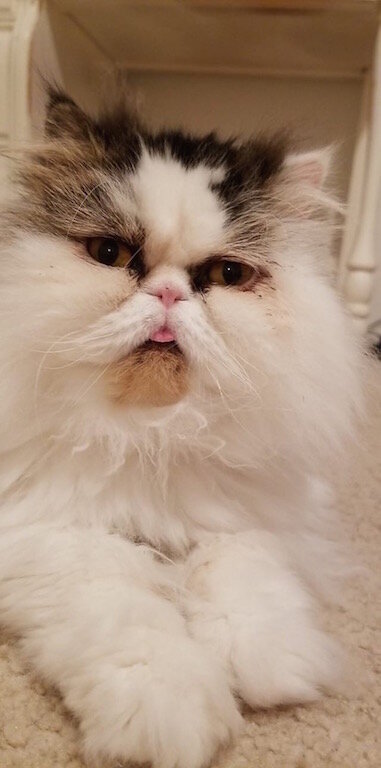Persian
History The earliest Persian cats were imported to Europe from Persia (modern day Iran) in the early 17th century. These original Persians reportedly had longer faces and larger ears. In the past century selective breeding has resulted in the traditional stocky frame and large head with short ears that we're familiar with today.
Temperment Gentle, affectionate cats. They are known to be less active than other breeds and are content with being solitary for portions of the day. This calm, independent cat would make an excellent companion for an older adult or owners who work outside the home.
Size Medium-sized, stocky build
Appearance Large head in proportion to rest of body with small, wide-set ears. Long, thick coat with dense undercoat. The Persian can come in a variety of colors and patterns.
Things to Consider These big beauties require diligent grooming. The Persian's thick, dense coat requires regular brushing to prevent matting.
Health Concerns The characteristic flat face that the Persian has been bred to exhibit has resulted in breathing difficulties for the breed. Persian kittens' abnormally large heads has also resulted in birthing difficulties for mothers and a kitten stillborn rate as high at 29%, by some measures. Additional health problems include kidney failure, overactive tear ducts, and jaw deformities which can lead to difficuly eating and drinking.
